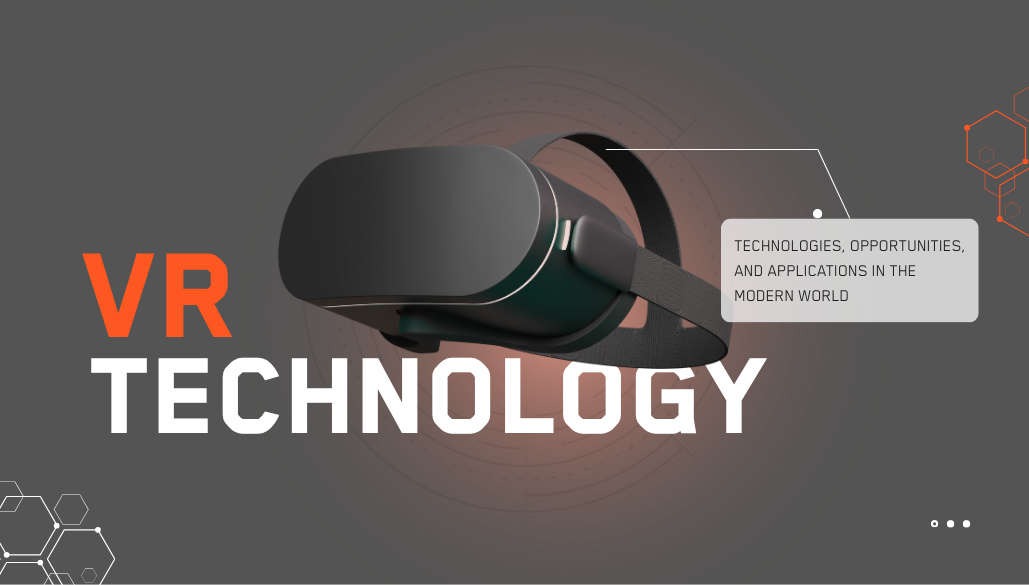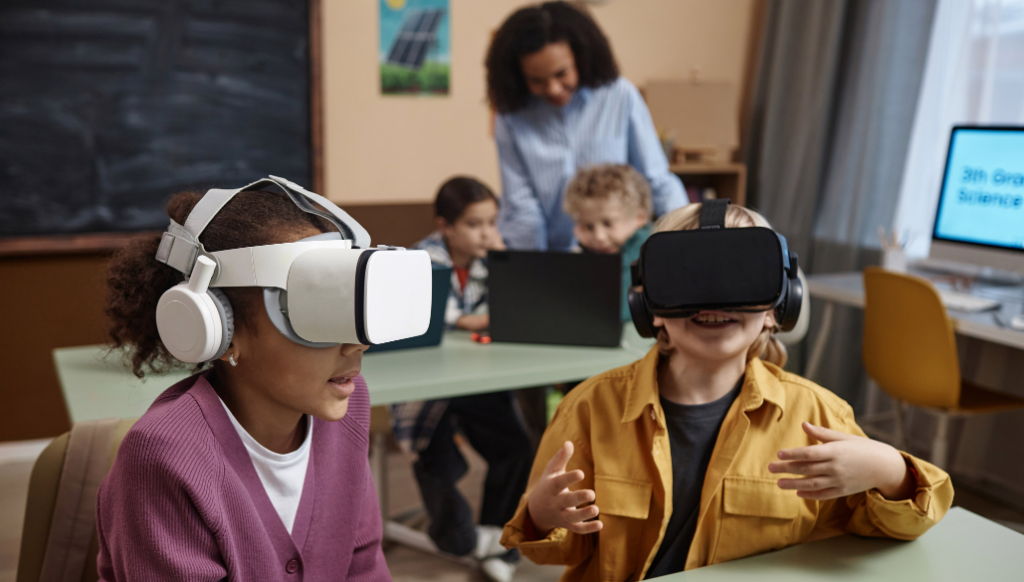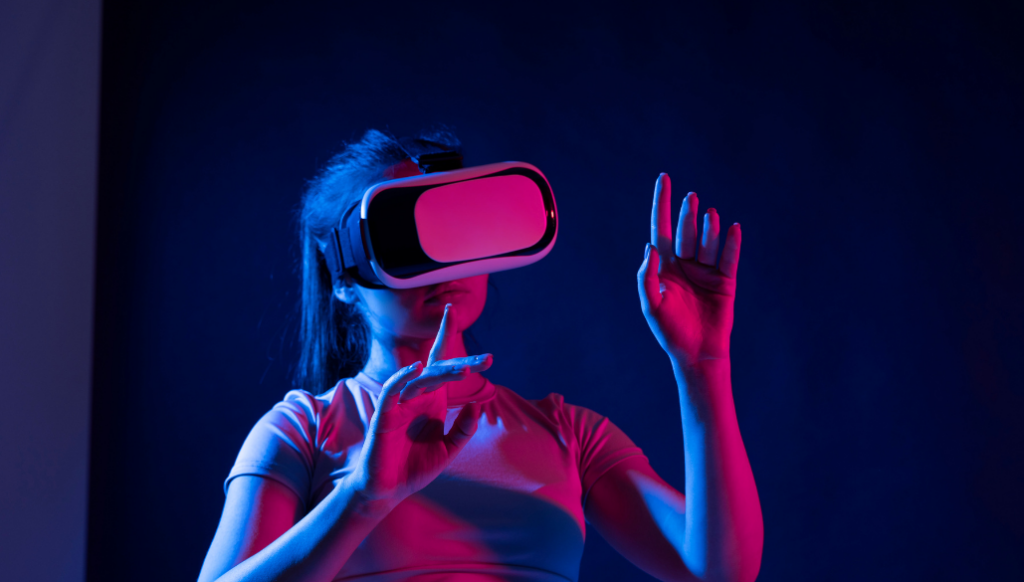
What is Virtual Reality?
Virtual Reality (VR technologies) is a digital environment that creates a sense of complete immersion for the user in an artificially recreated world. With the help of special devices—headsets, glasses, and sensor gloves—a person can interact with interactive elements of this environment as if they were physically present inside it.
How VR Works and Its Properties
The key properties of virtual reality include:
- Immersion — the effect of being present in a digital space.
- Interactivity — the environment responds to the user’s actions.
- Realism — a high degree of visual and audio perception.
- Motion tracking and recognition — the system tracks head, hand, and even eye movements to mimic natural responses.
- Illusion of presence — the subjective feeling of being in another space.
VR technologies operate by combining graphics, 3D sound, sensory data, and real-time interactions. Modern devices use motion recognition and gesture tracking technologies, enhancing the illusion of presence in the digital reality.
Types of Virtual Reality
| Type of VR | Description |
| Fully Immersive | Full immersion using a headset, gloves, and other sensors. |
| Semi-Immersive | Limited immersion, usually through a screen and head movement. |
| Non-Immersive | Standard PC use with keyboard and mouse, minimal physical involvement. |
VR Devices and Components
Modern VR technologies are based on a combination of several advanced components:
- VR headsets (Oculus Rift, HTC Vive, PlayStation VR)
- Motion controllers and trackers
- Audio systems with 3D sound
- Position-tracking cameras
- High-graphic interactive software
- Biometric and eye-tracking sensors
Fields of Application for VR
- Education and Training
VR allows for simulation of complex processes—from surgeries to engineering tasks—in a safe and effective environment. - Medicine
Used for diagnostics, rehabilitation, phobia therapy, and medical personnel training. Examples include surgical simulators and therapeutic scenarios for PTSD patients. - Industry and Design
VR technologies enable engineers to design digital models of buildings, cars, and systems and test them in a virtual environment before physical production. - Tourism and Culture
VR enables “travel” through museums, historical locations, and natural attractions from home. Many museums offer VR tours. - Marketing and Retail
Showrooms, interactive product presentations, and virtual tours of future buildings are created with VR, enhancing perception and purchase decisions. - Games and Entertainment
VR transforms interaction with digital worlds—from action games to immersive theater and virtual concerts. - Psychology and Therapy
Used in cognitive-behavioral therapy, phobia treatment, anxiety disorders, and post-injury rehabilitation. - Simulators and Training Devices
Pilots, train operators, drivers, and operators of hazardous equipment undergo training through virtual simulators.

Advantages of VR Technologies
- High user engagement
- Safe simulation of dangerous situations
- Improved information retention
- Effective for remote work and training
- Adaptive scenarios for users
- Cross-industry applicability
The Future of VR Technologies
Virtual reality is not just a trend but a strategic tool for digital transformation. In the coming years, we expect:
- Expansion of VR in telemedicine, architecture, and education
- Growing user base and reduced device costs
- Integration with artificial intelligence and cloud computing
- Development of neurointerfaces and biofeedback systems
- Creation of open VR ecosystems and metaverses
Comparison: VR vs AR
| Parameter | VR (Virtual Reality) | AR (Augmented Reality) |
| Level of Immersion | Full | Partial |
| Interactivity | High | Medium |
| Required Equipment | Special headsets | Smartphone/Tablet |
| Content | Fully digital world | Digital elements on the real-world view |
| Perception | Illusion of full isolation | Enhanced perception of the real world |
Conclusion
Virtual reality technologies open up new horizons for business, science, and society. It’s not just a visual effect but a powerful tool that influences perception, behavior, and decision-making. The earlier a company adopts VR, the higher its chances of success in the digital future.
VR is the bridge between reality and the infinite possibilities of the digital world.

